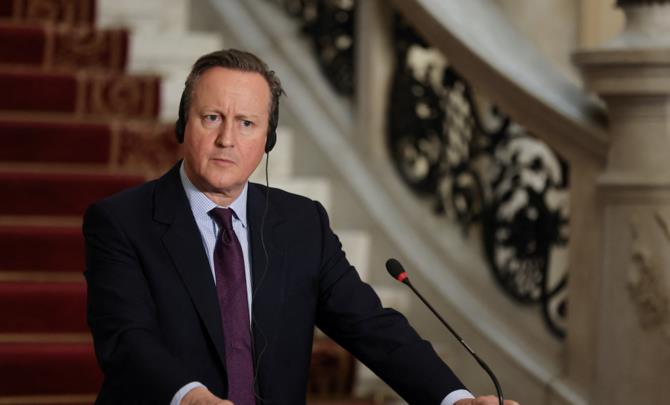
Everyone is learning how to live, how to work (where possible and necessary), how to be safe and simply how to be during this extraordinary and troubling era of Covid-19.
The Guardian and Observer are learning too. With most staff working remotely – only a small number essential to producing the printed newspapers are in the London office – the highly collaborative task of journalism has been atomised and reshaped via new ways of liaising and rapid innovation around editorial technology.
The editor’s morning conference is now conducted via live streaming, press briefings are attended by teleconference, podcast presenters have swapped studio for home study, and live blogs are coordinated from kitchen tables. Where once a news editor could shout some breaking news or fresh instruction over the top of a computer, almost everything must be typed, all the right people kept in the loop.
The challenges are numerous but the consideration that goes into overcoming them will, I am certain, bring lasting benefit. In this, readers are as ever playing a vital role.
Some readers have, for instance, urged the removal of coronavirus articles that are overtaken by events. On the grounds of transparency, accountability and the integrity of the record, the Guardian’s policy is not to take down articles other than in the most exceptional circumstances. During a public health crisis, however, a responsibility to reader safety is essential. How is this best managed?
An early example of the issue came on Wednesday 18 March, when the travel desk published an article just ahead of Mother’s Day in the UK, recommending National Trust parks suitable for walks while social distancing. As fresh air and exercise were still encouraged, this piece was designed to steer people towards less crowded spots.
Three days later, the National Trust closed its parks and gardens after the government announced more stringent measures. For the best of motives, the article was deleted. Risk had been removed but so had something else. When the story of coronavirus comes to be told, to see how a parkland stroll was recommended on Wednesday but off-limits by Saturday will offer a glimpse into the extent of uncertainty in March 2020.
Scale this up across all reporting of a constantly evolving crisis – one in which national and international response will be scrutinised for clues to handling any future crisis – and you see why the chronicle matters.
Following discussion with senior staff, the National Trust feature was reinstated with prominent labelling and an amended headline. It meant a reader could not wander into the article on a misapprehension but neither had the Guardian hidden its own footsteps. This approach is now taken on a case-by-case basis when any potentially misleading Covid-19 article is identified.
The principle regarding removals also applies to rewrites. But every rule needs an exception and in exceptional times one has been made for Covid-19 “explainers”. These articles – some of which have received tens of millions of views – answer questions such as which symptoms require medical attention, when will a vaccine be ready and which countries have travel restrictions in place. To help readers find the most recent advice, some are regularly updated and republished to take account of new statistics, new information or new questions.
However, last week one reader asked anxiously whether a revised explainer meant something vital had been wrong in the original. Her question prompted internal discussion and there will now be a paragraph at the end of such pieces explaining the purpose of updates and that any significant corrections will be footnoted in the usual way.
Praise for the journalism has been terrific (“thorough, intelligent and filled with empathy”; “I’m relying on my online Guardian more than ever in lockdown”; “Thank you for all that you are continuing to do to get the paper out to us in this difficult time” – to give a flavour). But we hear, too, from readers asking for articles that will help them through the crisis.
A new series called “Hope in a time of crisis“ responds to this shared feeling with doses of positive news, beginning on 4 April with the story of a 99-year-old woman who has recovered from coronavirus. It involves marmalade sandwiches. Elsewhere the coping coverage ranges from how pets are helping, readers’ tips on keeping fit and the Guide’s recently launched Staying In newsletter, while for complete distraction The antidote showcases five favourite reads that have nothing to do with Covid-19. This is also feels like an ideal time to direct readers to The Upside.
With lockdown affecting so much of life, a new approach to commissioning has been needed for every section of the newspaper. Sometimes more than once. Travel again demonstrates this journey. After non-essential movement was restricted on 23 March, coverage moved from outdoors to indoors: with virtual tours of museums, galleries and world landmarks, travel film recommendations and “postcards from the future” in which European writers dream of the places they will visit when the pandemic has passed.
As Andy Pietrasik, head of travel, says: “We want to give readers something to cheer them up, to remind them that normal life will one day return and all of the things they might do with it.”
• Elisabeth Ribbans is the Guardian’s readers’ editor. Contact her at guardian.readers@theguardian.com












